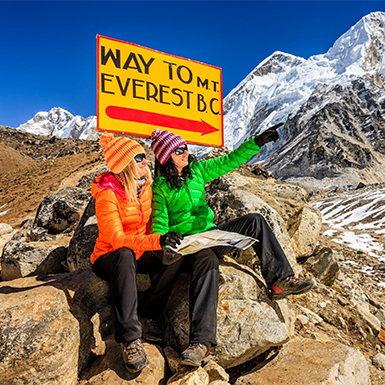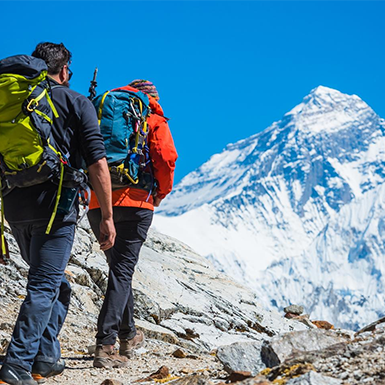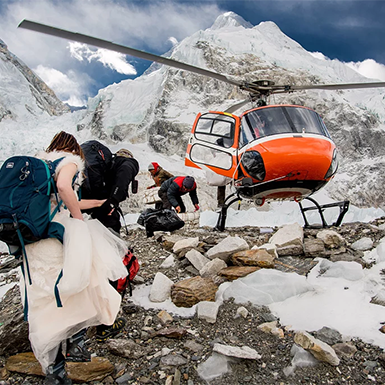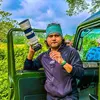Navigating the Seasons: The Best Time for Everest Base Camp Trek
- Sunday July 30, 2023
- 0
Planning an Everest Base Camp Trek is an exhilarating experience. Located in the Khumbu region, within the grand Mahalangur Himalayan range, the base camp is the stepping stone to the world’s highest peak, Mount Everest. This region also boasts over half a dozen peaks that rise above eight-thousand meters, attracting climbers and thrill-seekers from around the globe. The Best Time for Everest Base Camp Trek can significantly enhance this experience, as it influences the weather conditions, trail accessibility, and overall trekking experience.
The trek to Everest Base Camp typically begins from Lukla, a short yet breathtaking 35-minute mountain flight from Kathmandu. For those new to trekking or those who prefer a longer route, an alternative path from Jiri adds an extra four days to the journey. However, the Best Time for Everest Base Camp Trek can also influence the route choice, as certain paths may be more accessible and enjoyable in specific seasons.
While the lower areas of the trek offer a more temperate climate, the higher regions present more challenging weather conditions, with extreme cold being a common occurrence. It’s essential to familiarize yourself with these weather patterns before your trek, as they can change significantly throughout the year.
This article will explore the Best time for Everest Base Camp Trek, offering a detailed guide on the region’s weather conditions across various seasons. Each season presents its unique advantages and challenges, and understanding these can help you effectively plan your trek to Everest Base Camp. Let’s dive into this journey to discover the best time for your Everest adventure.
When is the best time for Everest Base Camp Trek?
Everest Base Camp Trek During Spring
The Spring season starts in March and ends in April, which is the best time for Everest Base Camp Trek. This is the second busiest trekking season for this trek. As per the Department of National Parks and Wildlife conservation record, more than 25,000 trekkers trekked in 2018. This is the best time to trek in this region because of the colorful rhododendron, breathtaking panoramic views, and perfect weather. This season’s weather is neither hot nor cool; no heavily snowy trekking trail, the chances of rain are low, and the daily flight of Lukla for Everest Base Camp Trek is an excellent opportunity to see the crystal clear mountain view from different places, including Kala Patthar.
This is also the season for mountaineering if you have time and want to listen to the mountaineer’s experience. You can have a golden opportunity to listen to their mountaineering story. You may meet the record broker mountaineers overnight in the Everest Base Camp. You can get this opportunity only in the spring, not in others.
In addition to trekking, you can do other activities in Nepal, like a tour of Pokhara, Lumbini, and Chitwan National Park and bird watching in the KoshiTappu Wildlife Reserve. Heavy tourist traffic and a shortage of lodges in the trekking areas are the cons of the trek in the spring season.
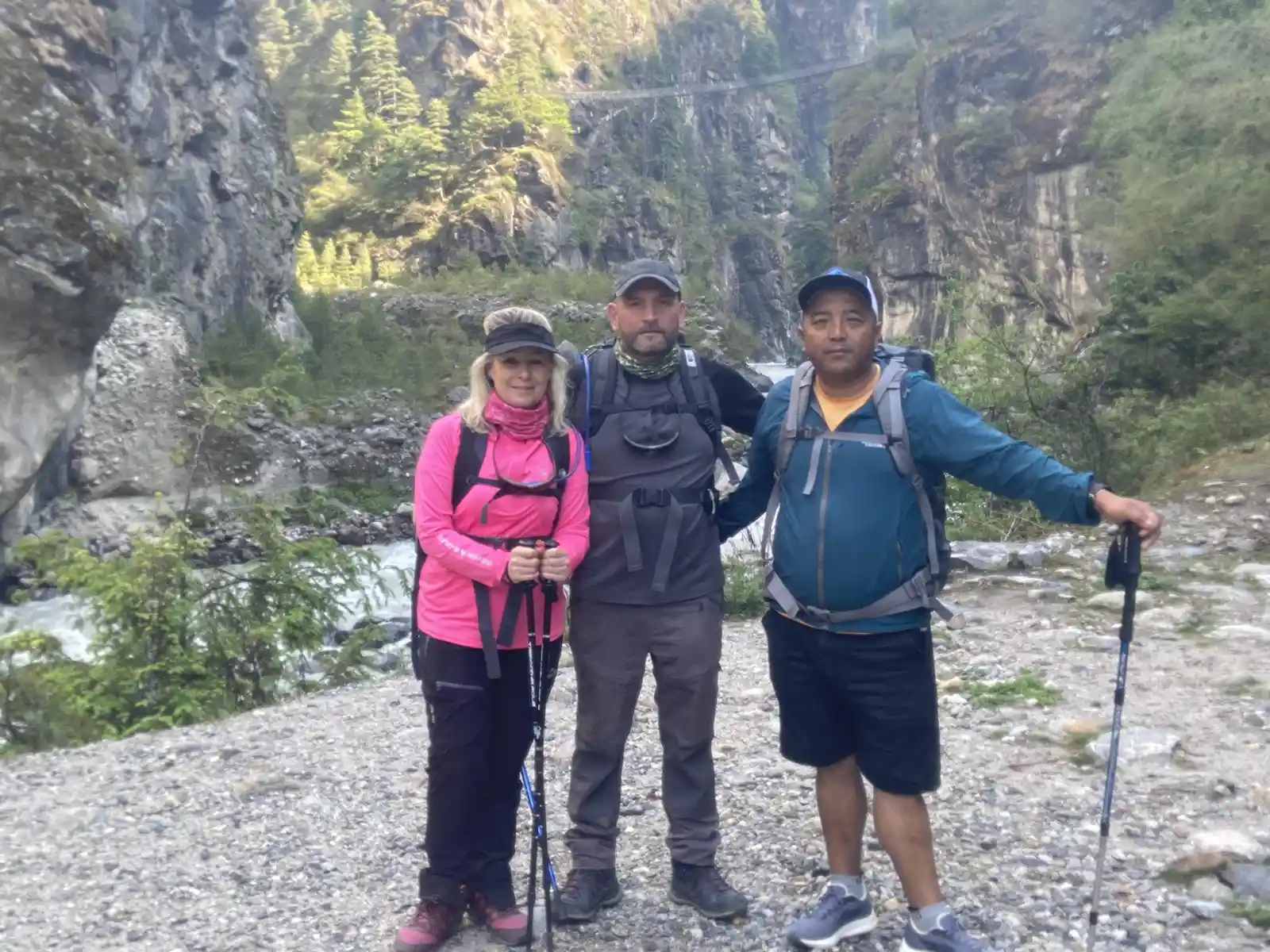
Everest Base Camp Trek during Summer/Monsoon
The summer season starts from June to late September. This is not the best time for Everest Base Camp. But you can get a different experience because you can see the excellent sunrise view of the mountains. Usually, rainfall happens at night, and the skies are clear after rain. This morning you can best view the sunrise from the Mountain. The sun’s rays come to form the Mountain. You can see lots of greenery this season. This is the golden season for botanists who want to study the flora of Nepal. On the trekking trail’s side, you can see the lush green vegetation; flowers are blooming, and you can taste the vegetables of the Mountain.
The trekking trails are muddy, and sleeper because of the heavy rain. It would help if you faced mosquitoes and leeches during the trekking. These are the cons side to trekking in the monsoon. Add more raincoats or ponchos, anti-leech, anti-mosquito cream, umbrellas, light shoes, etc., to your packing list.
To trek in this season, you need to start your trek earlier in the morning, waterproof your trekking stuff and body, and take a time gap for traveling. Because landslides and other factors might interrupt your schedule, always respect nature and the voice of locals. Take good shelter during rain because landslides and floods may disturb the trekking trail.
Everest Base Camp Trek During Autumn
Autumn is a post-monsoon month, and this season starts in October and ends at the end of November. The weather condition is also good for the Everest Base Camp trek. The temperature reaches 12 degrees Celsius, and the nighttime temperature drops to -10. You need not worry because you will be in bed now. Autumn is an excellent time for Everest Base Camp Trek.
Because of the post-monsoon month, you can see the greenery, crystal clear Mountain View, and clear skies, and the flight of Lukla will be regular. This is the festival season in Nepal. You can celebrate Dashain and Tihar in the hilly areas and Mani Rimdu Festival in the Tengboche Monastery.
This is the busiest trekking season in the Everest Region. This month is equally peak season for climbing, so; the trekking trails are overcrowded and busy. Most of the lodges are packed in advance of this season. Booking or joining a government-authorized trekking company is highly recommended. This is the cons side to trekking in the autumn season.
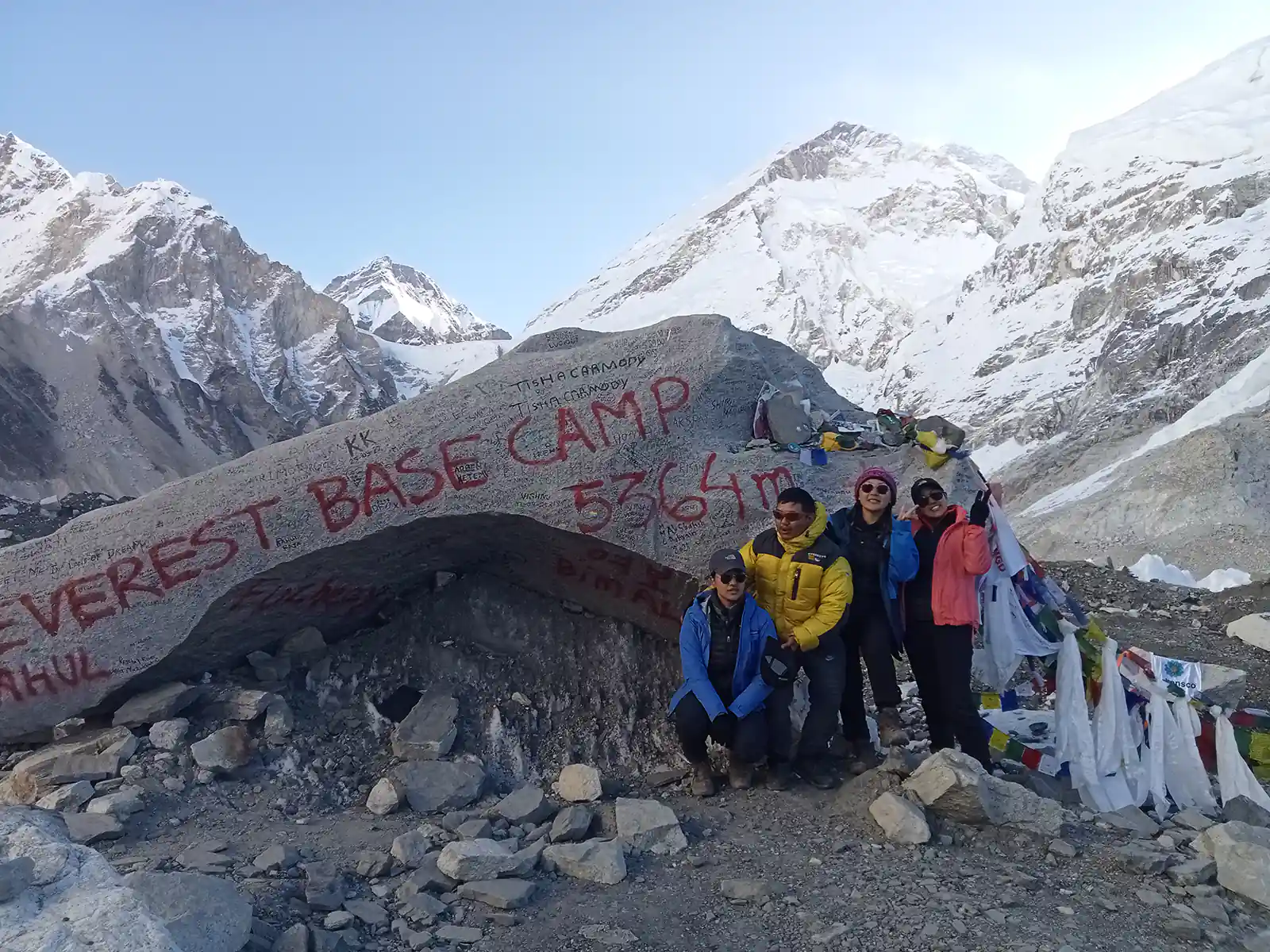
Related Article
Everest Base Camp Trek During Winter
December, January, and February are cold months in Nepal. In the Himalayan sides, February and March are the snowy seasons. Heavy snowfall receives during this two-month. During the winter, the temperature declined to -25 degrees Celsius at midnight. The day is also cold because of the brisk wind. This is not a good option if you want to spend Christmas and new year in the Everest Region because of the cold. These are the cons parts of the trek in the winter. You can see the great sky this season, so this is the best time to capture the Mountain with your camera. The trekking trails are peaceful, and you can quickly get the lodges on the trekking trail. These are the pros parts.
Comparing the Seasons: Pros and Cons of Trekking in Each Season
The Everest Base Camp Trek is a unique experience each season, with advantages and challenges. Here’s a comparison of the pros and cons of trekking in each season:
Spring (March-May)
Pros:
- Moderate temperatures make for comfortable trekking conditions.
- Clear skies towards the end of the season offer excellent mountain views.
- The landscape is vibrant with blooming rhododendrons and other flora.
Cons:
- It’s one of the busiest seasons, so that that trails can be crowded, and teahouses may be fully booked.
- Early spring may still have remnants of winter snow.
Monsoon (June – August)
Pros:
- The trails are less crowded, offering a more peaceful trekking experience.
- The landscape is lush and green, with waterfalls and rivers at their fullest.
Cons:
- Heavy rainfall can make trails slippery and increase the risk of landslides.
- Cloudy skies often obscure mountain views.
- Flight delays or cancellations due to weather conditions are expected.
Autumn (September – November)
Pros:
- Clear, cloudless skies offer some of the best mountain views.
- Temperatures are moderate, making for comfortable trekking conditions.
- Cultural festivals like Dashain and Tihar provide additional cultural experiences.
Cons:
- Like spring, autumn is busy, so that that trails can be crowded, and teahouses may be fully booked.
- Early snowfall in late November can make higher trails challenging to traverse.

Winter (December – February)
Pros:
- The trails are less crowded, offering a serene trekking experience.
- Clear skies offer excellent mountain views.
- It’s a unique challenge for adventurous trekkers.
Cons:
- Cold temperatures and heavy snowfall can make the trek challenging.
- Many higher trails may be blocked, and many teahouses may be closed.
- Proper gear and preparation are essential to handle harsh conditions.
By understanding the pros and cons of each season, you can choose the best time for your Everest Base Camp Trek based on your preferences, tolerance for extreme weather, and desire for crowd levels.
Preparation Tips for Each Season
Trekking to Everest Base Camp is a challenging adventure that requires careful preparation. The gear you’ll need and the health considerations you should consider can vary depending on the season. Moreover, the best time for Everest Base Camp Trek can significantly influence your experience and preparation needs. Here are some specific preparation tips for each season, keeping in mind the best times to embark on this adventure:
Spring (March-May)
Gear Recommendations: Pack layers to accommodate fluctuating temperatures. Include a good quality down jacket for colder mornings and evenings and lighter clothing for warmer daytime trekking. Don’t forget a sturdy pair of trekking boots, sunglasses, sunscreen, and a hat to protect against the sun.
Health Considerations: Stay hydrated and protect yourself from the sun to prevent heatstroke. Be aware of the symptoms of altitude sickness, which can occur in any season.
Monsoon (June – August)
Gear Recommendations: Waterproof clothing is essential, including a rain jacket, waterproof trousers, and waterproof covers for your backpack. Quick-drying clothes and extra pairs of socks will also come in handy. A sturdy pair of waterproof trekking boots is a must.
Health Considerations: Be extra cautious of slippery trails to avoid injuries. Also, ensure you have a good supply of insect repellent to protect against mosquitoes and other more prevalent insects during this season.
Autumn (September – November)
Gear Recommendations: Pack layers to accommodate varying temperatures similar to spring. A good quality down jacket, trekking boots, sunglasses, sunscreen, and a hat are essential. Thermal underwear can also be beneficial as temperatures drop significantly at night.
Health Considerations: As with spring, stay hydrated, protect yourself from the sun, and be aware of the symptoms of altitude sickness.
Winter (December – February)
Gear Recommendations: Warm clothing is crucial. Pack a high-quality down jacket, thermal underwear, a warm hat, gloves, and insulated boots. Gaiters can help keep snow out of your boots, and crampons may be necessary if trails are icy.
Health Considerations: Know the risk of frostbite and hypothermia and the symptoms. Keep yourself warm and dry as possible, and ensure you have a good supply of hot drinks to keep your body temperature up.
Remember, no matter what season you choose for your trek, a good level of physical fitness is essential. It’s also important to have a comprehensive travel insurance policy that covers high-altitude trekking.

Conclusion
We highly recommend you trek in the autumn or spring. This is the best time for Everest Base Camp Trek. The trekking trails are pretty busy, but government-authorized trekking companies manage everything in advance and make your trek hassle-free. You must book in advance because they must manage your flight ticket for Lukla, Hotels in Kathmandu, lodges in the trekking area, and trekking crewmembers.
If you haven’t time to trek in these two seasons, you must do something extra. If you trek in the winter, pack warm clothes, find trekking partners, and be ready to fight against the cold. And if you want to trek in the monsoon or summer, you need to flex your schedule and add extra trekking stuff to your backpack.
Our suggestion is safety first, then only trekking. I wish you had a happy and memorable trek, dear trekkers!
